Ebb and flow: Tidal House is a harmonious retreat on the Solway Coast
Tidal House by Brown & Brown Architects redefines coastal living with a design that balances privacy, openness, and harmony with nature
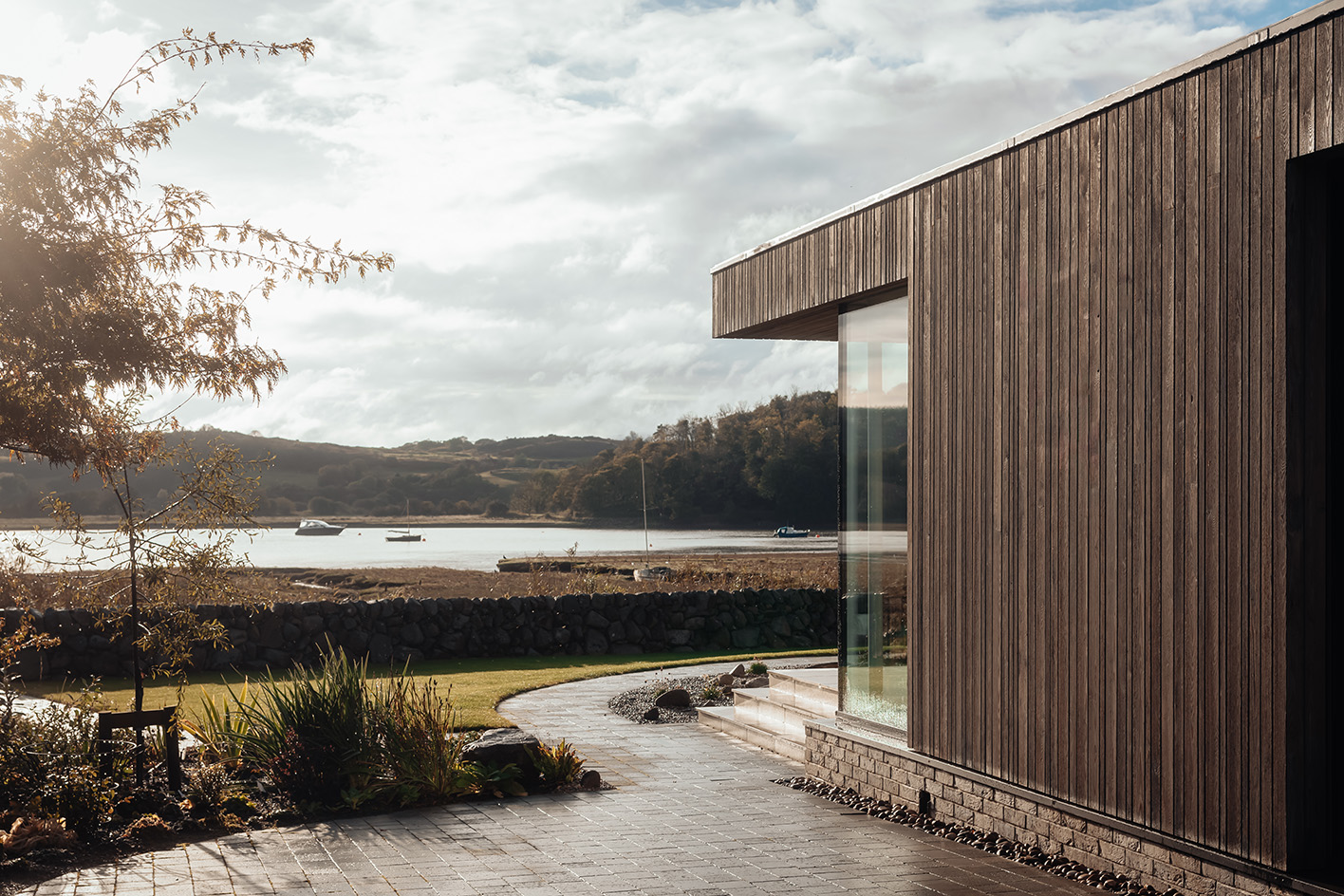
The Solway coast in Dumfries and Galloway lies at the very beginning of Scotland – a landscape with a rugged beauty and mild but endlessly variable weather. Here, on the banks of the River Urr estuary, Scottish practice Brown & Brown was tasked with creating Tidal House – a residential retreat for a retired couple seeking tranquillity after relocating from Edinburgh.
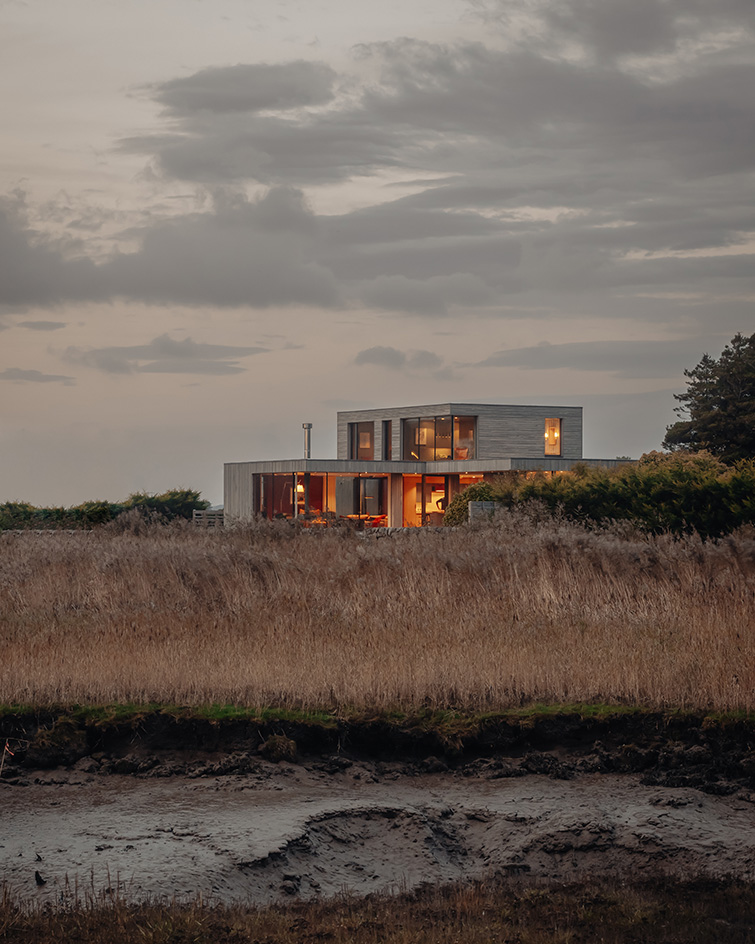
Tour Tidal House on the Solway Coast
The design for Tidal House comprises two glass-fronted rectilinear volumes stacked one on top of the other and arranged around a paved three-sided courtyard. Lying relatively low in its coastal surroundings, the house features overhanging roofs that lend it an inconspicuous appearance and also provide effective solar shading for the living areas during the summer months. Expansive floor-to-ceiling glazing ensures the estuary’s tranquil vistas permeate the interior, creating a seamless flow between indoors and out, while maintaining privacy and a connection to the surrounding landscape.
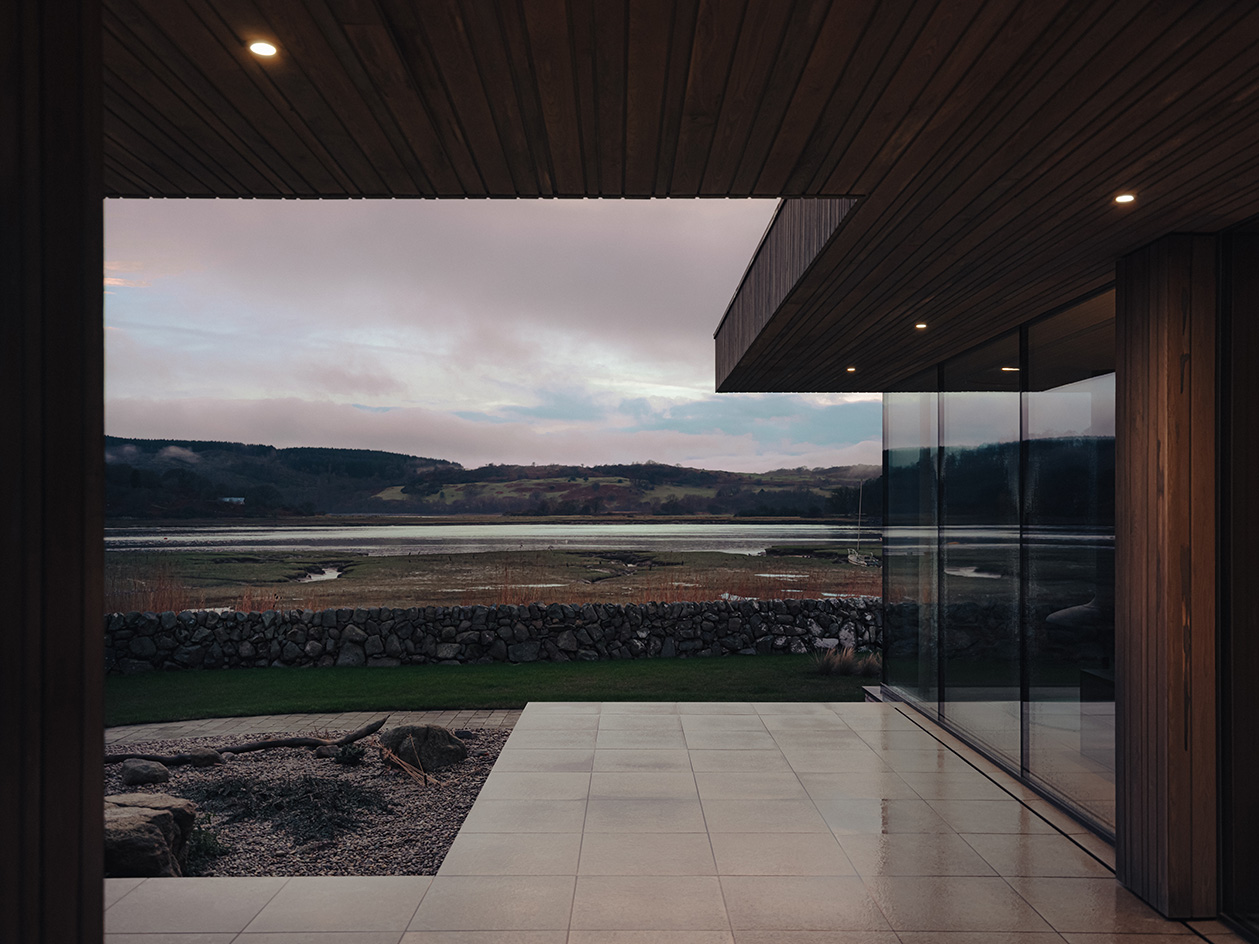
‘A key challenge was balancing the openness to the water with the need to bring those views into the courtyard at the heart of the plan while shielding the house from neighbouring properties,’ explains Andrew Brown who founded the practice alongside his partner, Kate, in 2010. To resolve this, the north, village-facing façade was predominantly clad in robust smoked clay brick chosen for its subtle variations in colour and texture to prevent it from feeling overly austere.
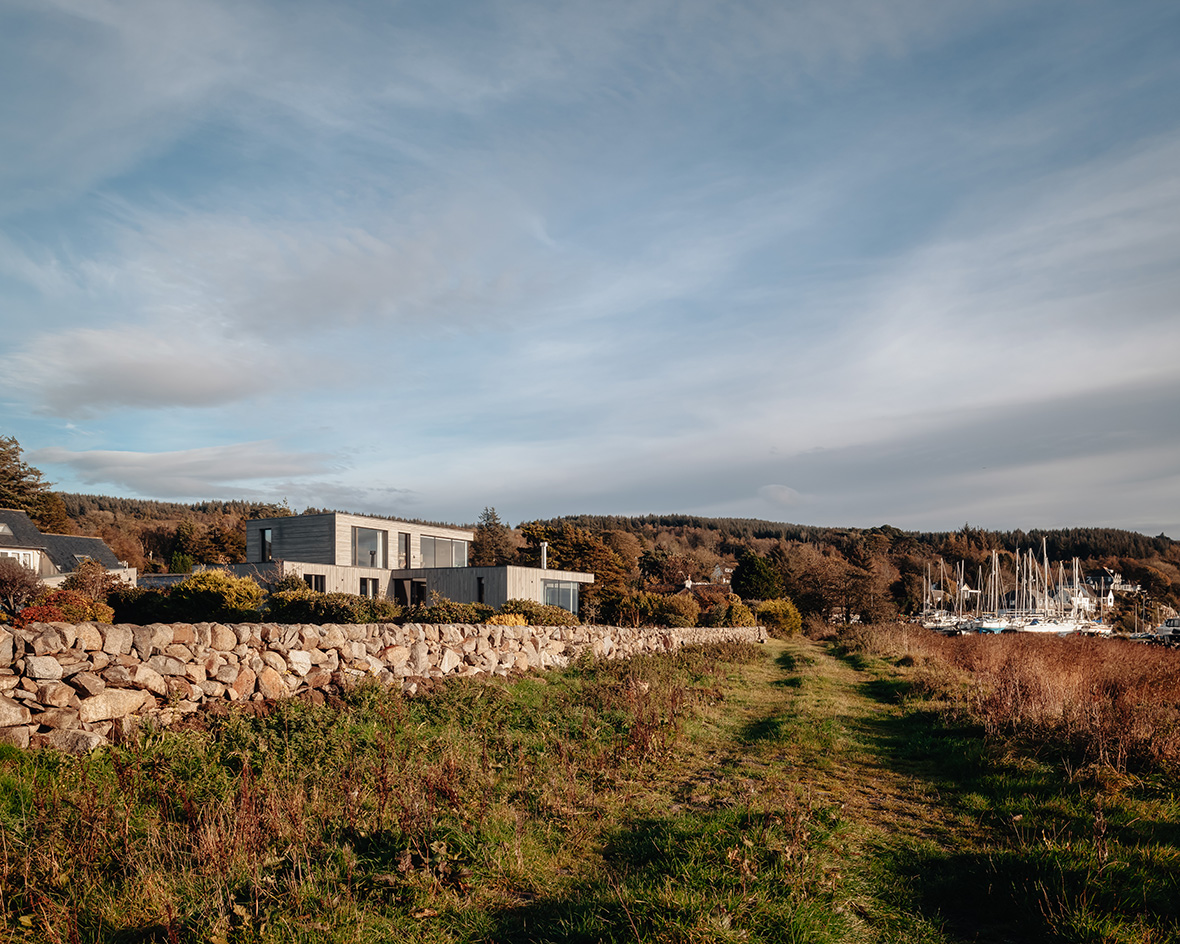
On the south side, facing the river, the house is clad in a treated European larch that will weather gracefully in the marine environment, reflecting the shifting hues of the surrounding landscape while creating a pleasing contrast with the masonry wall. ‘Both materials adapt well to the variable climate, with the timber and brick responding naturally to seasonal changes while maintaining their functional and aesthetic qualities,’ Brown says.
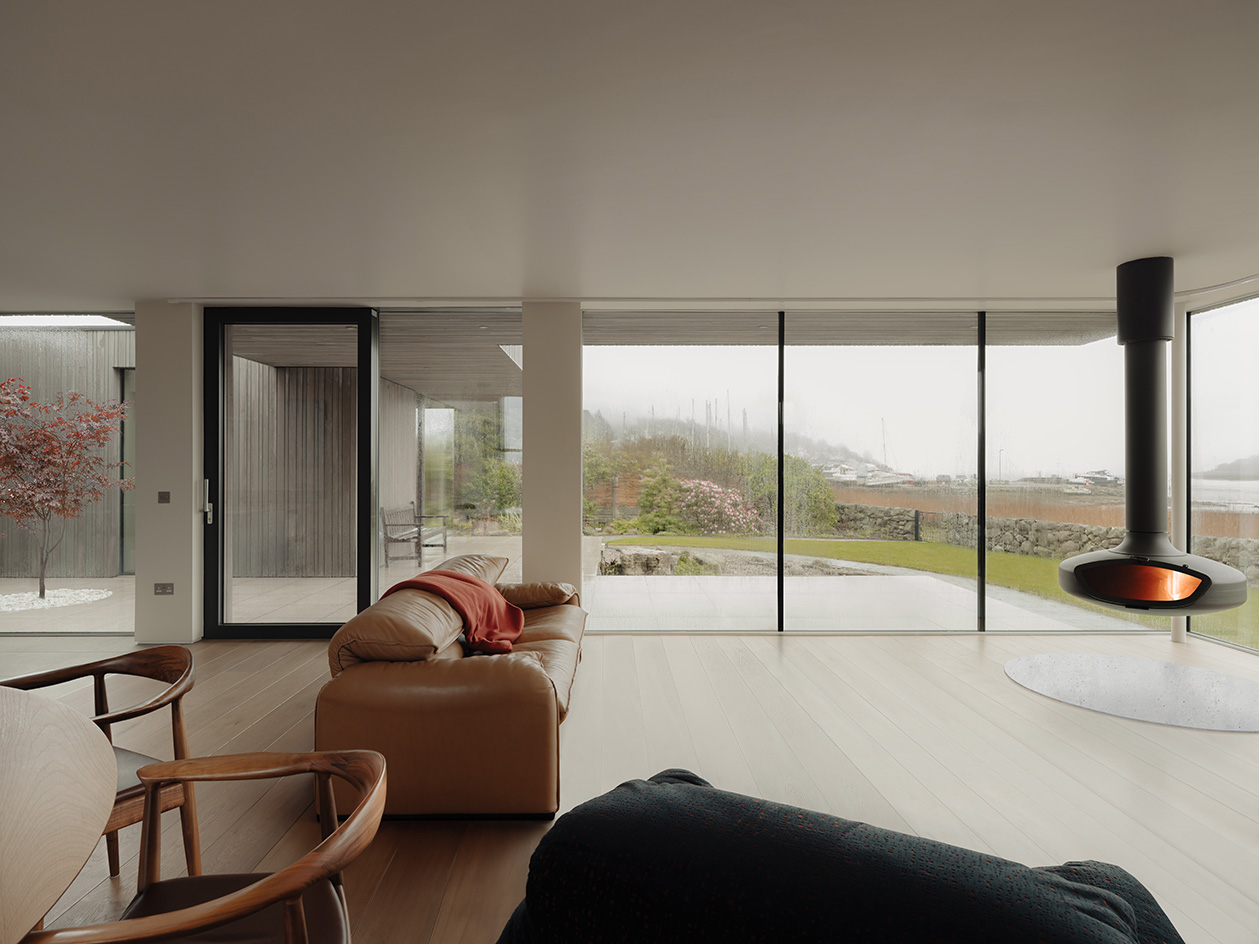
Internally, spaces are warm and inviting, featuring a blend of tile and timber flooring across a mix of lighter social spaces and darker private areas. Custom furniture created by the clients sits alongside family heirlooms, including a bust of the client’s father.
The courtyard, anchored by a vibrant acer Fireglow tree, creates a natural division between the main living areas and an artist’s studio with a glazed corner overlooking the water. Small, focused openings between the studio and the courtyard allow for natural cross-ventilation and offer glimpses back into the house, thoughtfully maintaining a subtle connection while preserving privacy.
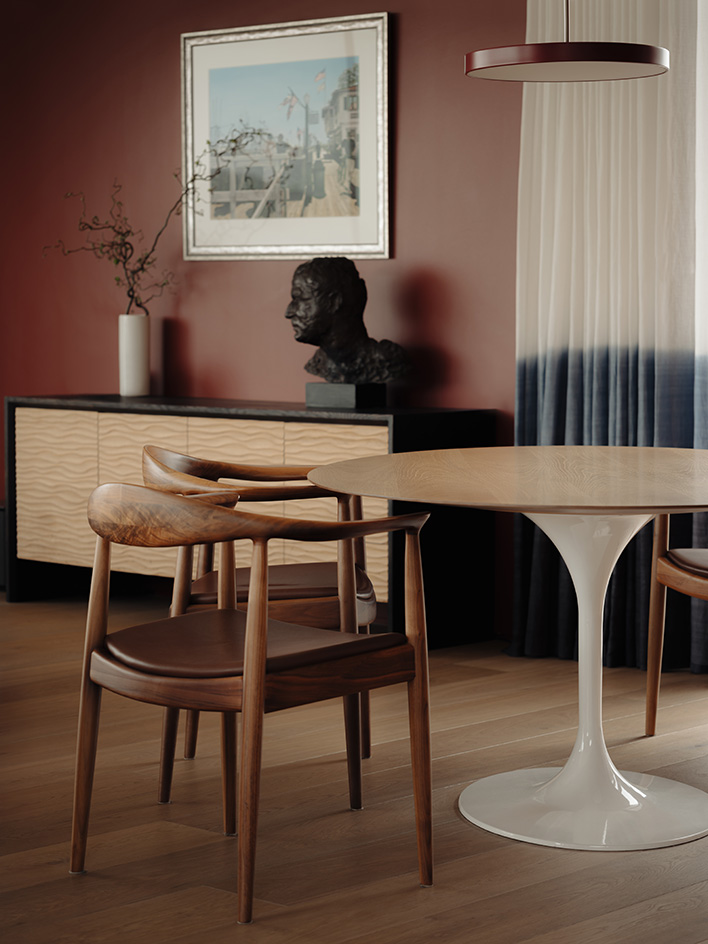
It’s these small details that the practice credits to its ‘slow work’ philosophy – an approach marked by patience, attention to detail, and a deep commitment to craftsmanship. ‘Our “slow work” philosophy emphasises a collaborative approach, particularly during the initial design stage,’ informs Brown. ‘Here, we explore multiple iterations of a scheme, taking time to gather client feedback and consider its implications on the overall design. This unhurried process ensures careful reflection and results in designs that benefit from the thoughtfulness and depth of early exploration.’
Receive our daily digest of inspiration, escapism and design stories from around the world direct to your inbox.
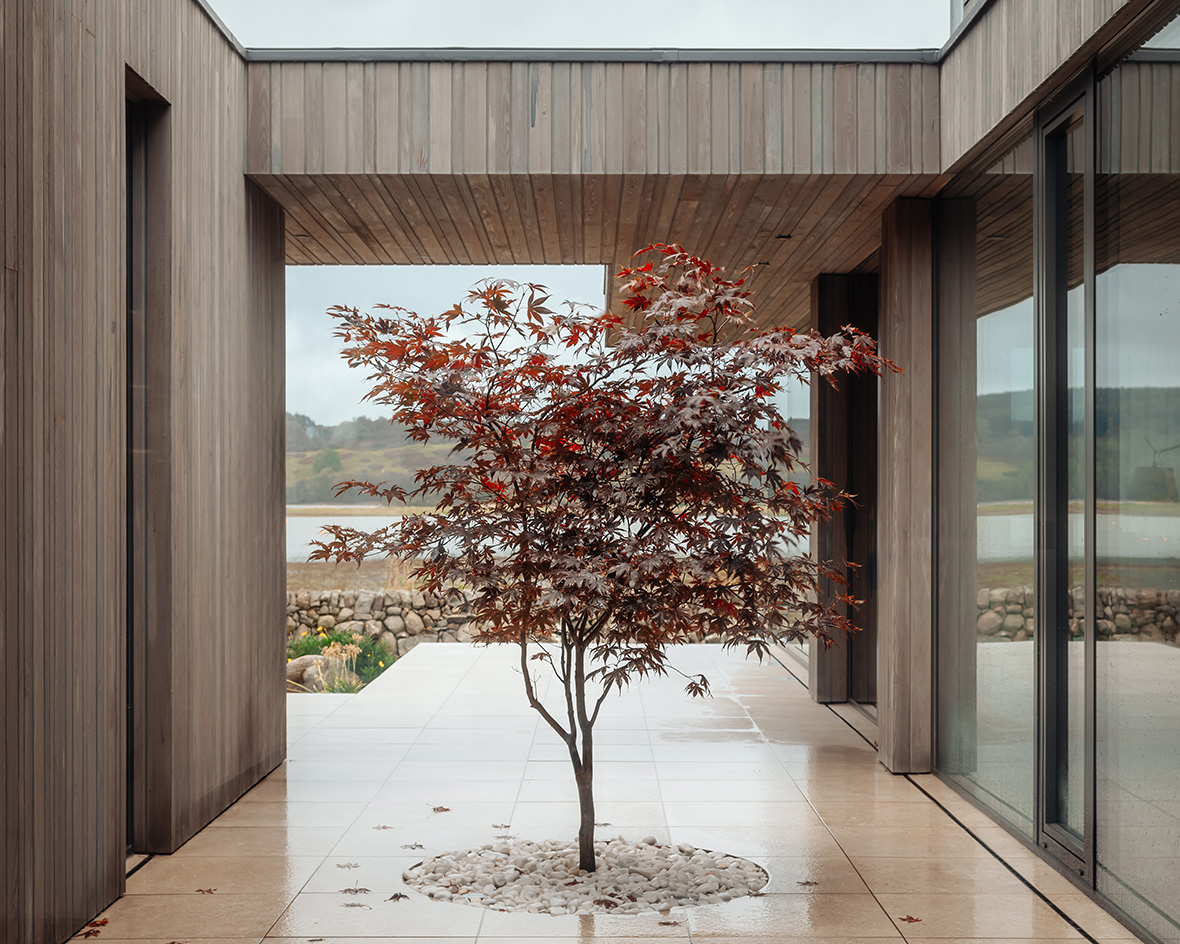
Ali Morris is a UK-based editor, writer and creative consultant specialising in design, interiors and architecture. In her 16 years as a design writer, Ali has travelled the world, crafting articles about creative projects, products, places and people for titles such as Dezeen, Wallpaper* and Kinfolk.
-
 New tech dedicated to home health, personal wellness and mapping your metrics
New tech dedicated to home health, personal wellness and mapping your metricsWe round up the latest offerings in the smart health scene, from trackers for every conceivable metric from sugar to sleep, through to therapeutic furniture and ultra intelligent toothbrushes
-
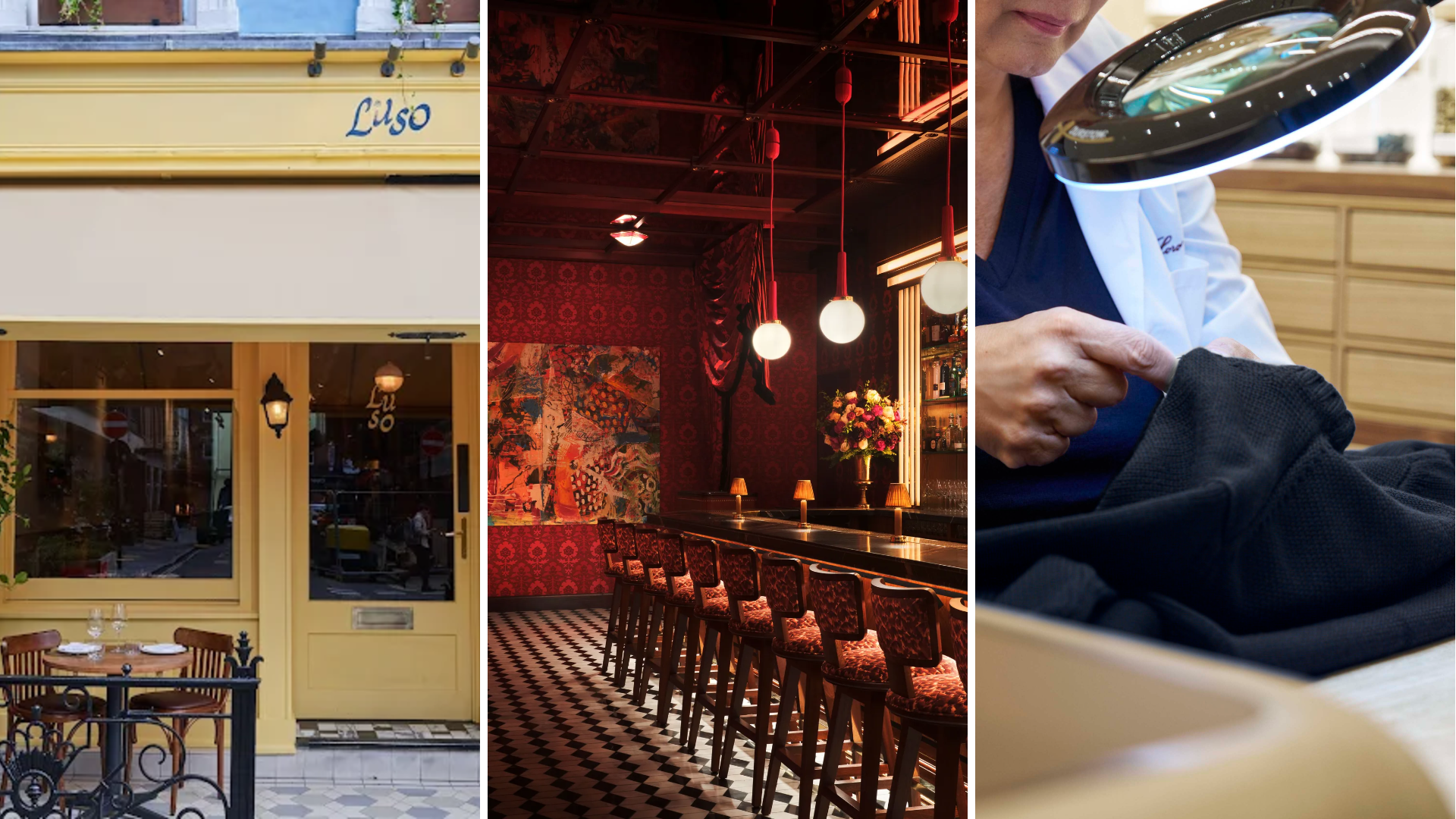 Out of office: The Wallpaper* editors’ picks of the week
Out of office: The Wallpaper* editors’ picks of the week'Tis the season for eating and drinking, and the Wallpaper* team embraced it wholeheartedly this week. Elsewhere: the best spot in Milan for clothing repairs and outdoor swimming in December
-
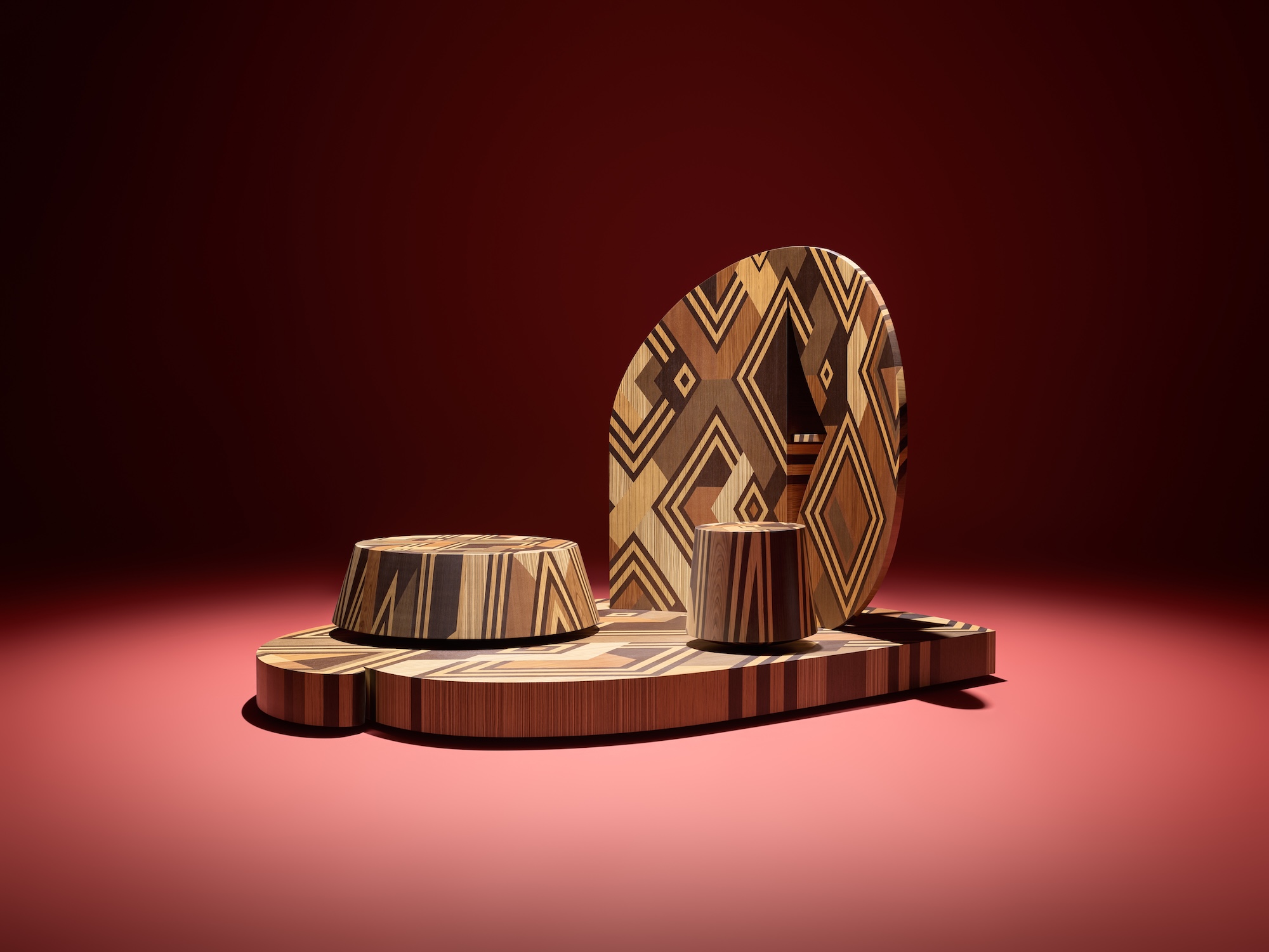 How Stephen Burks Man Made is bringing the story of a centuries-old African textile to an entirely new audience
How Stephen Burks Man Made is bringing the story of a centuries-old African textile to an entirely new audienceAfter researching the time-honoured craft of Kuba cloth, designers Stephen Burks and Malika Leiper have teamed up with Italian company Alpi on a dynamic new product
-
 Arbour House is a north London home that lies low but punches high
Arbour House is a north London home that lies low but punches highArbour House by Andrei Saltykov is a low-lying Crouch End home with a striking roof structure that sets it apart
-
 A former agricultural building is transformed into a minimal rural home by Bindloss Dawes
A former agricultural building is transformed into a minimal rural home by Bindloss DawesZero-carbon design meets adaptive re-use in the Tractor Shed, a stripped-back house in a country village by Somerset architects Bindloss Dawes
-
 RIBA House of the Year 2025 is a ‘rare mixture of sensitivity and boldness’
RIBA House of the Year 2025 is a ‘rare mixture of sensitivity and boldness’Topping the list of seven shortlisted homes, Izat Arundell’s Hebridean self-build – named Caochan na Creige – is announced as the RIBA House of the Year 2025
-
 In addition to brutalist buildings, Alison Smithson designed some of the most creative Christmas cards we've seen
In addition to brutalist buildings, Alison Smithson designed some of the most creative Christmas cards we've seenThe architect’s collection of season’s greetings is on show at the Roca London Gallery, just in time for the holidays
-
 In South Wales, a remote coastal farmhouse flaunts its modern revamp, primed for hosting
In South Wales, a remote coastal farmhouse flaunts its modern revamp, primed for hostingA farmhouse perched on the Gower Peninsula, Delfyd Farm reveals its ground-floor refresh by architecture studio Rural Office, which created a cosy home with breathtaking views
-
 A revived public space in Aberdeen is named Scotland’s building of the year
A revived public space in Aberdeen is named Scotland’s building of the yearAberdeen's Union Terrace Gardens by Stallan-Brand Architecture + Design and LDA Design wins the 2025 Andrew Doolan Best Building in Scotland Award
-
 A refreshed 1950s apartment in East London allows for moments of discovery
A refreshed 1950s apartment in East London allows for moments of discoveryWith this 1950s apartment redesign, London-based architects Studio Naama wanted to create a residence which reflects the fun and individual nature of the clients
-
 In this Cotswolds home, drama meets minimalism
In this Cotswolds home, drama meets minimalismCotswolds home Hiaven house, with interiors designed by McLaren Excell, is a perfect blend of contemporary chic and calm, countryside drama